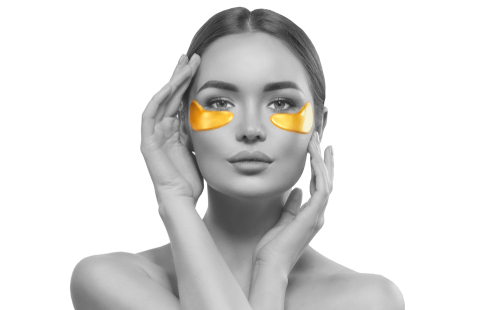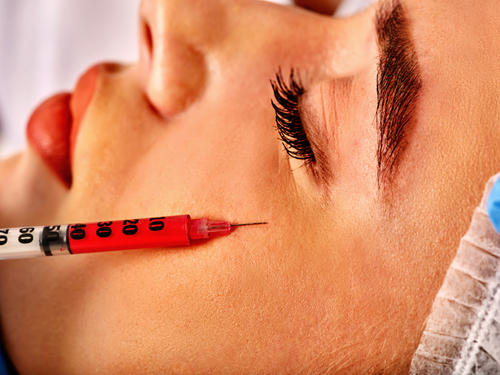The thin tissue under the eyes is most especially susceptible to the aging process. As the skin ages, the dermis, which is the foundation layer of the skin, gets progressively thinner.
New collagen production also decreases, causing fine lines and wrinkles to form in addition to the skin losing its elasticity. As a result, in the area under the eyes, a hollowing appearance, sagging of the skin, and dark circles become more visible.
Injection of platelet rich plasma (PRP) into the under-eye region has been shown to be a safe and effective treatment to restore a more youthful appearance to this delicate area. As we have outlined in past blog posts, PRP is prepared from a person’s own blood.
Once separated from the rest of the blood, the concentrated solution of PRP contains more than 5 times the normal number of platelets as in whole blood. These concentrated platelets contain growth factors that are important in wound healing as well as tissue repair and rejuvenation.
PRP also activates fibroblasts, which produce collagen. By stimulating increased collagen production, PRP tightens the skin around the eyes and improves the color, texture, and quality of the skin in that area.
 The best candidates for PRP are people who have concerns about dark circles, wrinkles around the eyes, or the appearance of hollowing. If those best describe your eyes, keep reading.
The best candidates for PRP are people who have concerns about dark circles, wrinkles around the eyes, or the appearance of hollowing. If those best describe your eyes, keep reading.
Before undergoing a PRP procedure, one should avoid taking any nonessential medications that might affect their platelets, such as aspirin or nonsteroidal anti-inflammatory drugs (e.g. ibuprofen, naproxen). We also recommend refraining from over-the-counter supplements, such as fish oil and vitamin E.
These aforementioned medications and supplements could make a person more prone to bruising, which is the main possible side effect of PRP injections around the eyes. Having your bloodstream as clear of these chemicals greatly reduces the chances of bruising around the eyes.
 PRP differs from dermal fillers in that PRP does not result in any immediate effects. The stimulation promoted by PRP takes time for the body to respond, and results in increased collagen.
PRP differs from dermal fillers in that PRP does not result in any immediate effects. The stimulation promoted by PRP takes time for the body to respond, and results in increased collagen.
Immediately after the procedure, the under-eye area will be slightly swollen in appearance, but evidence of longer lasting improvements will take several weeks to begin. Full results of an initial treatment will be noticed in 1 to 3 months.
After the treatment with PRP under the eyes, there is very little downtime except for the mild swelling, which can and should be treated with cold compresses in the first 24 hours. Continuing to avoid medications and supplements that could cause bruising is also recommended. Otherwise, all normal activities and skin regimens can be restarted.
Many of our patients prefer the PRP in this area because of its overall safety and long term effectiveness. At Maine Laser Skin Care, we have been using PRP for over a decade and have been trained by Dr Charles Runels, the originator of this technique.
Trust your skin and its quality to our expert team! Feel free to call us either at (207) 873-2158 in Augusta, or at (207) 303-0125 in Scarborough to schedule your free and confidential consultation.

